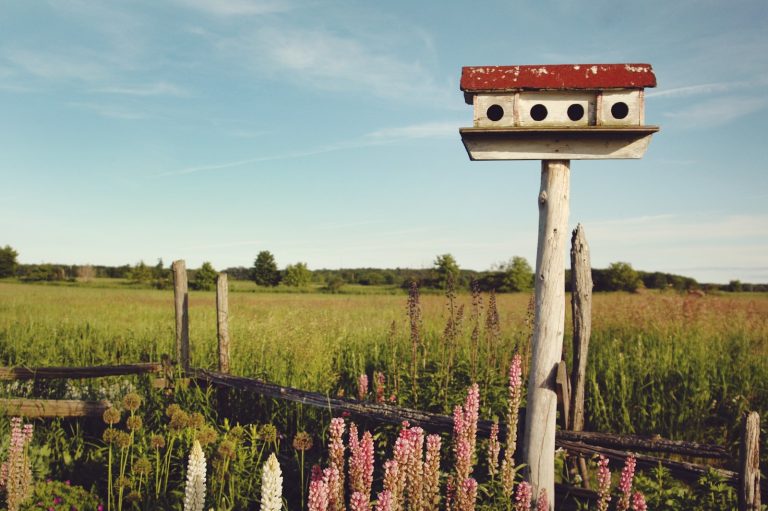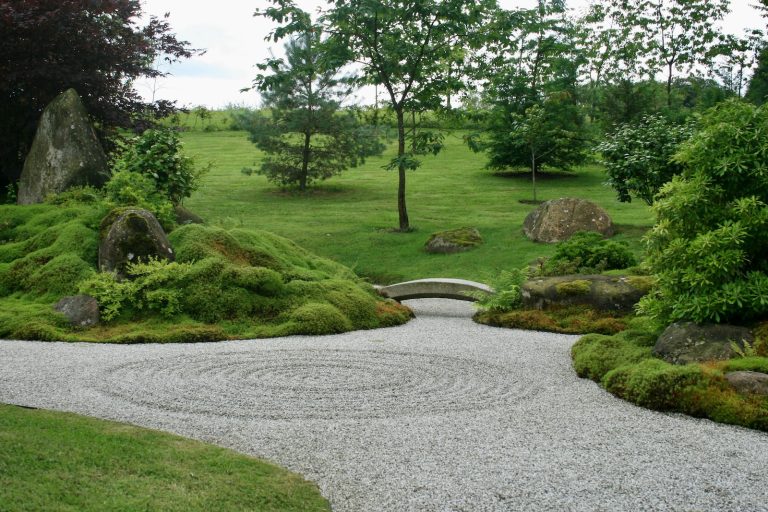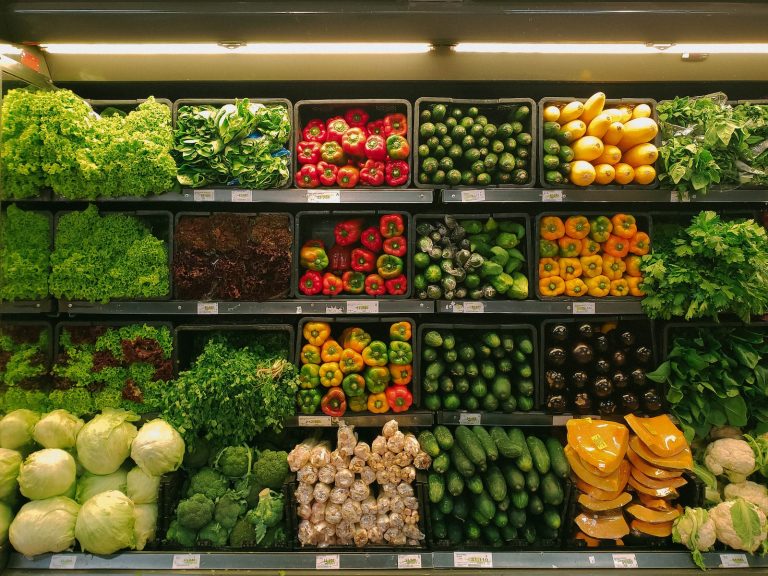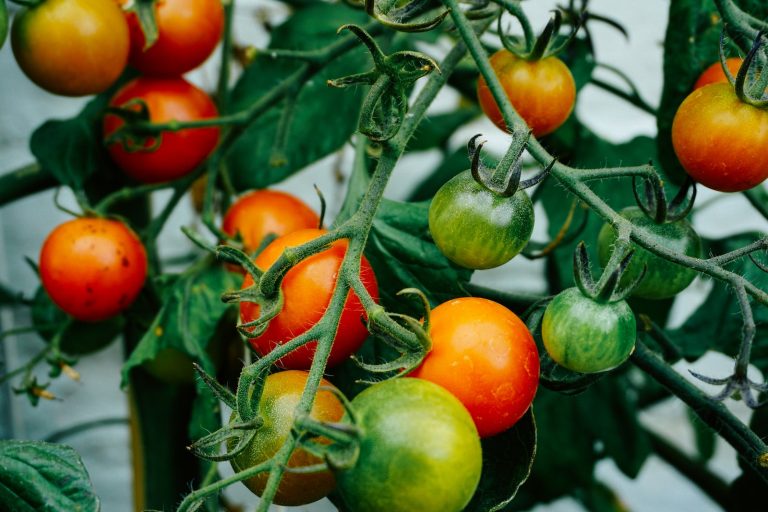Effortless Dreamy Garden Designs that Are Perfect for Dry Climates
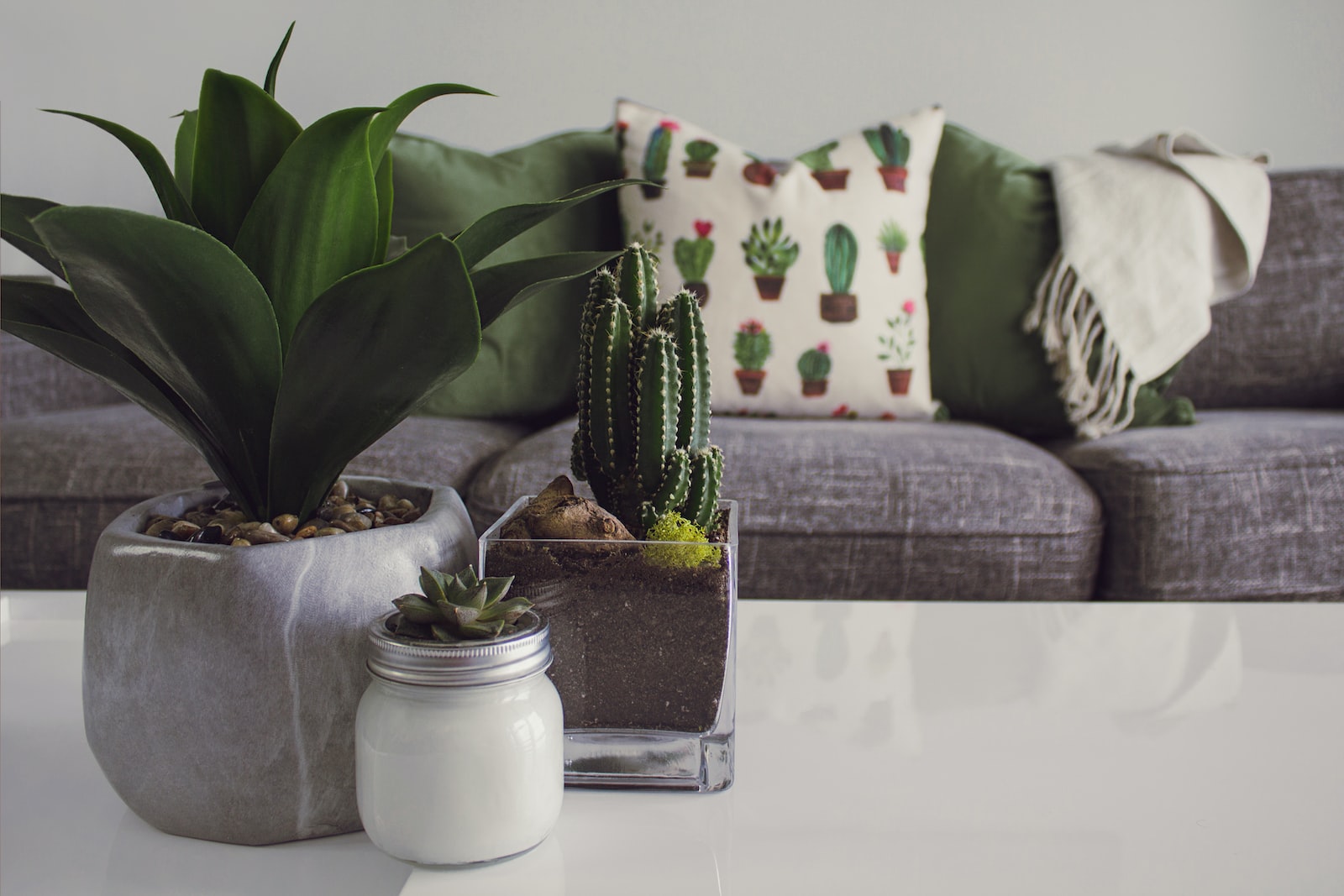
Are you tired of having a dull and lifeless garden that requires constant watering and maintenance? Well, worry no more! In this post, we will be exploring effortless dreamy garden designs that are perfect for dry climates.
Not only are these designs easy to achieve, but they also require minimal upkeep, allowing you to enjoy your beautiful oasis all year long without the hassle. So grab your gardening gloves and let’s get started on creating your very own desert paradise!
Dry Climates & Garden Ideas
Dry climates can be a challenge to garden in, but with the right plants and design principles you can create a beautiful, low-maintenance landscape. Here are some tips for designing a dry-climate garden:
The most important thing to remember when gardening in a dry climate is to choose plants that are drought-tolerant. This means selecting plants that can withstand long periods of time without water. Some good examples of drought-tolerant plants include cacti, succulents, and native grasses.
When selecting plants for your dry climate garden, it’s also important to consider their water needs. Some plants require more water than others, so it’s important to choose varieties that will thrive in your particular climate. To save water, group together plants with similar watering needs.
In terms of design, one of the most important things to remember when creating a garden in a dry climate is to use mulch. Mulch helps to retain moisture in the soil and protect plant roots from heat. It also reduces evaporation and weed growth. An easy way to add mulch to your garden is to simply spread a layer of organic material such as leaves or straw over the soil surface.
Finally, don’t forget about irrigation! Even though you’re working with drought-tolerant plants, they will still need some supplemental watering during periods of extended drought. A simple drip irrigation system can make all the difference in keeping your garden alive during the hot summer months.
With these tips and tricks, you can create a beautiful dry climate garden that will thrive for years to come!
Benefits of a Drought-Tolerant Garden
If you live in an area with limited water resources, or you simply want to conserve water in your garden, consider planting a drought-tolerant garden. Drought-tolerant plants are those that can survive and even thrive in conditions of low rainfall and little to no supplemental watering.
There are many benefits to planting a drought-tolerant garden. First, it can save you money on your water bill. Second, it can help reduce the strain on local water resources. Third, it can create a beautiful and unique landscape that is well-suited to dry climates.
tips for creating a stunning drought-tolerant garden:
- Choose the right plants. Not all plants are equally tolerant of dry conditions. Do your research to select plants that will do well in your climate and soil type. Consider succulents, cacti, native grasses, and other plants that require little water.
- Create raised beds or use containers. Raised beds and containers help improve drainage and prevent roots from sitting in wet soil, which can lead to rot or fungal diseases.
- Improve your soil quality. Healthy soils hold moisture better than poor-quality soils. Add organic matter such as compost or manure to help improve drainage and aeration while also holding onto moisture better.
- Mulch your garden. Spread a layer of mulch around your plants to help retain moisture in the soil and reduce water evaporation.
- Water strategically. When you do need to water, try to do it in the early morning or late evening when temperatures are cooler and evaporation is reduced. Also avoid overhead watering, which will increase evaporation; instead, use a soaker hose or drip irrigation system that slowly delivers water directly to the root zone without spraying it into the air unnecessarily.
Different Types of Drought-Tolerant Plants
In dry climates, it’s important to choose the right plants for your garden. Some plants are more drought-tolerant than others and can survive with little water. Here are some different types of drought-tolerant plants to consider for your garden:
Cacti: Cacti are one of the most drought-tolerant plants, able to survive in extremely dry conditions. They store water in their leaves and stems, which helps them survive during periods of drought.
Succulents: Succulents are another type of plant that does well in dry conditions. Like cacti, they store water in their leaves and stems, so they can go long periods without watering.
Herbs: Certain herbs, such as rosemary and lavender, are quite drought-tolerant and can do well with little water. So if you live in a dry climate and want to grow herbs, these are some good options to consider.
Low Maintenance Gardening Techniques
When it comes to gardening in dry climates, low maintenance is key. The last thing you want to do is spend hours watering and tending to your garden only to see it wither away in the hot sun. Luckily, there are a few simple techniques you can use to make sure your garden thrives with minimal effort.
One of the most important things you can do for your dry climate garden is choose the right plants. Look for species that are native to arid regions or that are known to be drought tolerant. These plants will be better equipped to handle the hot, dry conditions and will require less water and care from you.
Once you’ve selected your plants, make sure to plant them in well-draining soil. This will help minimize the risk of root rot and other problems associated with too much moisture.When it comes time to water your garden, do so in the morning or evening when evaporation is at a minimum.
Water deeply and slowly so that the roots have a chance to absorb all of the moisture they need. If possible, use a drip irrigation system or soaker hose which can save you time and water by delivering water directly to the roots of your plants. And finally, don’t forget about mulch! A layer of mulch helps reduce evaporation and keeps soil moist longer, both of which are crucial in a dry climate garden.
Tips for Installing a Thirsty Plant Garden
When it comes to creating a thirst plant garden, there are a few things you need to keep in mind. Here are some tips to help you get started:
- Choose the right plants. Not all plants are created equal when it comes to tolerating dry conditions. Do your research and choose plants that are known to be drought-tolerant or that have low water requirements. Some examples include succulents, cacti, sedums, agaves, and yuccas.
- Prepare the soil properly. One of the most important things you can do to help your plants survive in dry conditions is to make sure the soil drains well. Amend it with plenty of organic matter such as compost or bark chips to improve drainage and increase moisture retention.
- Mulch heavily. A thick layer of mulch will help protect the roots of your plants from extreme temperature swings and prevent evaporation from occurring too quickly. Use organic materials such as wood chips or straw for best results.
- Water deeply and infrequently. Once your garden is established, water deeply and infrequently rather than shallowly and often. This will encourage your plants to develop deep root systems that are better able to reach underground water sources during times of drought.
Conclusion
We hope that our suggestions for effortless dreamy garden designs for dry climates have inspired you to upgrade your outdoor area. Incorporating plenty of drought-tolerant plants, utilizing container gardens, and investing in vertical greenery can be the ultimate way to make the most out of a small or limited space, without having to worry about constantly watering your garden due to lack of rain. Summer evenings spent among beautiful foliage and hanging plants is even more enjoyable when you created it yourself – so get creative and bring life into your environment!
James is a passionate writer and gardener with years of experience in home gardening. He is the author of several articles and blog posts on HomeGardenBlog.com, a platform where he shares his expertise and love for plants and gardening with the world.

